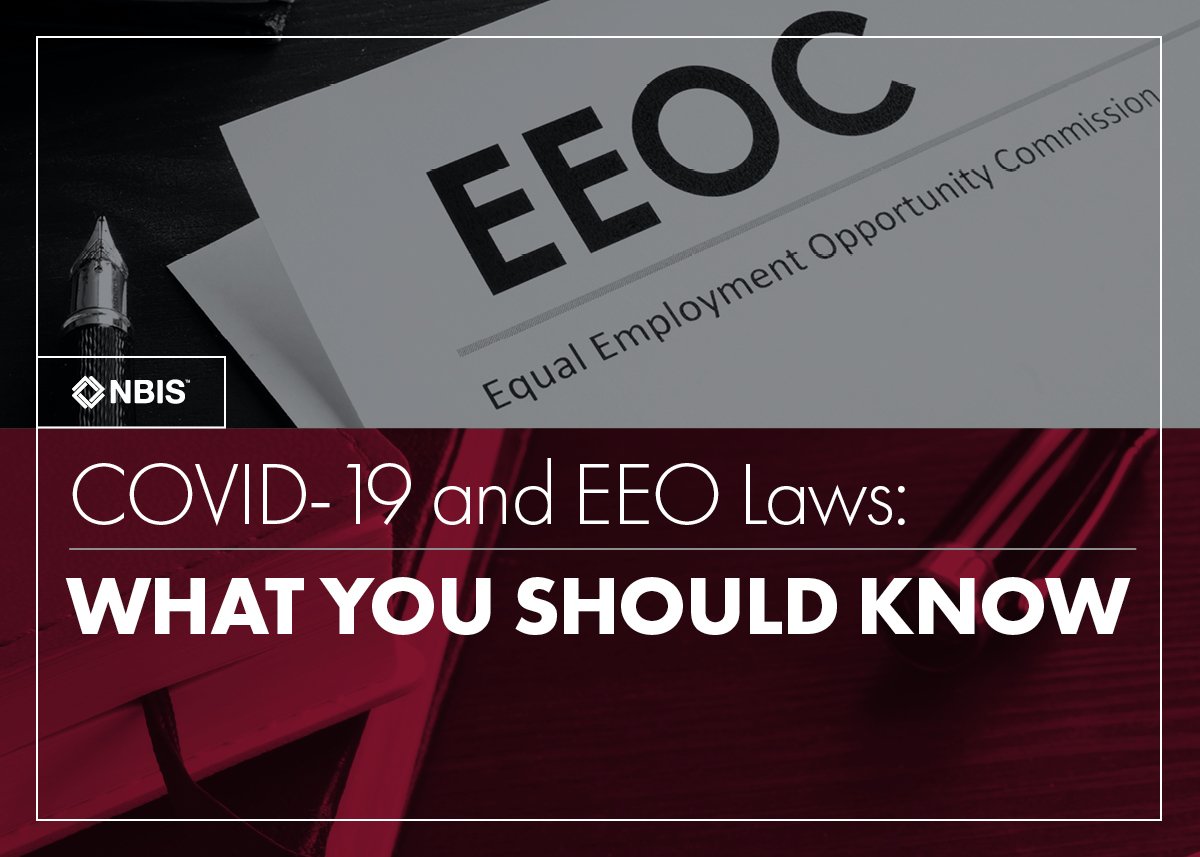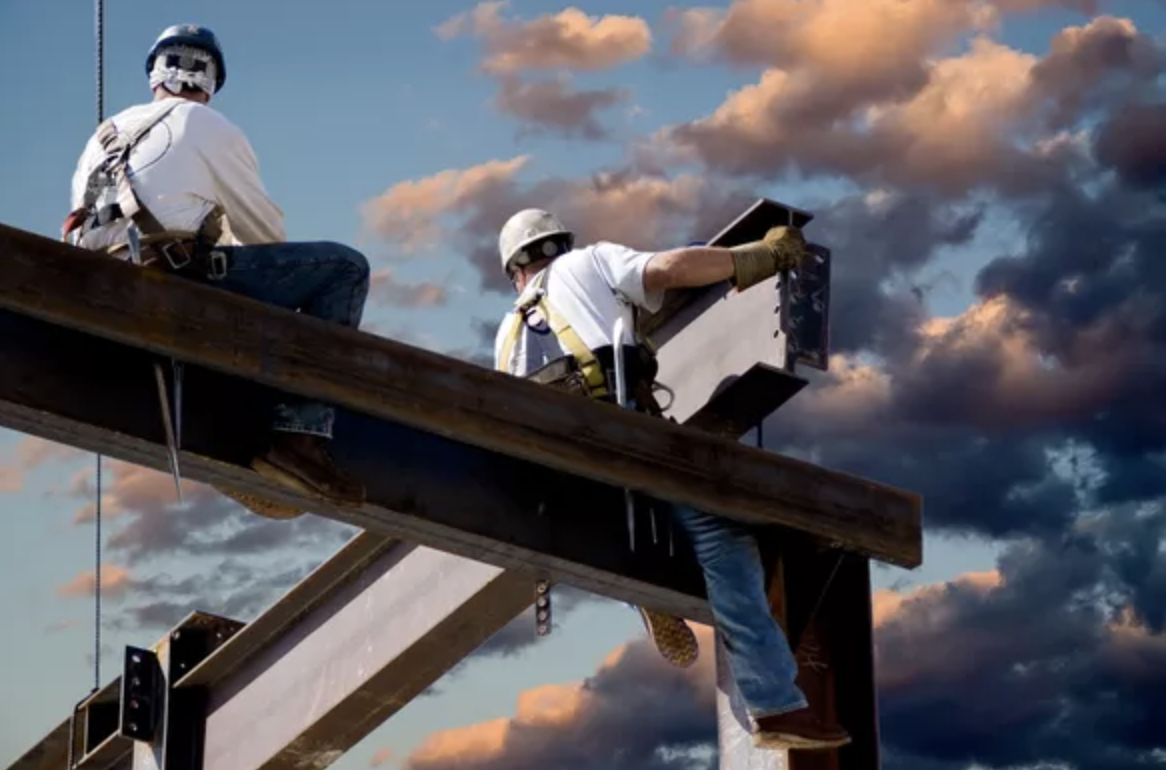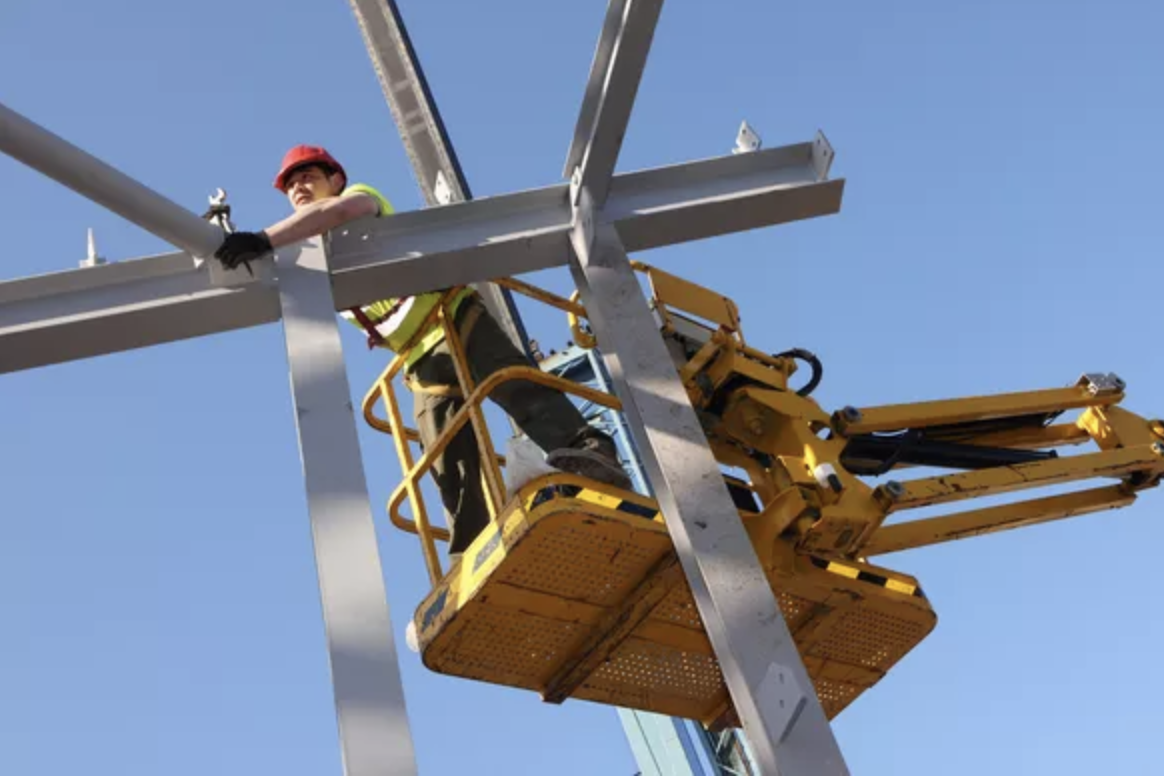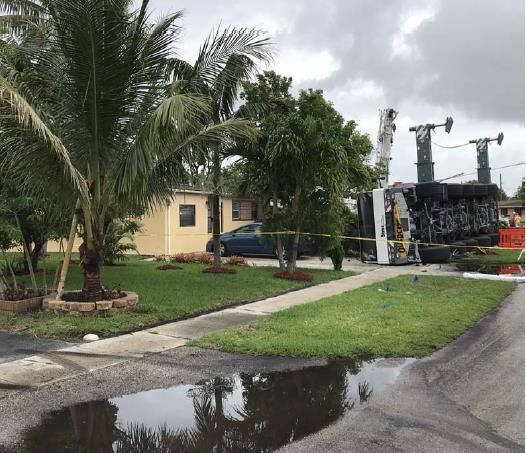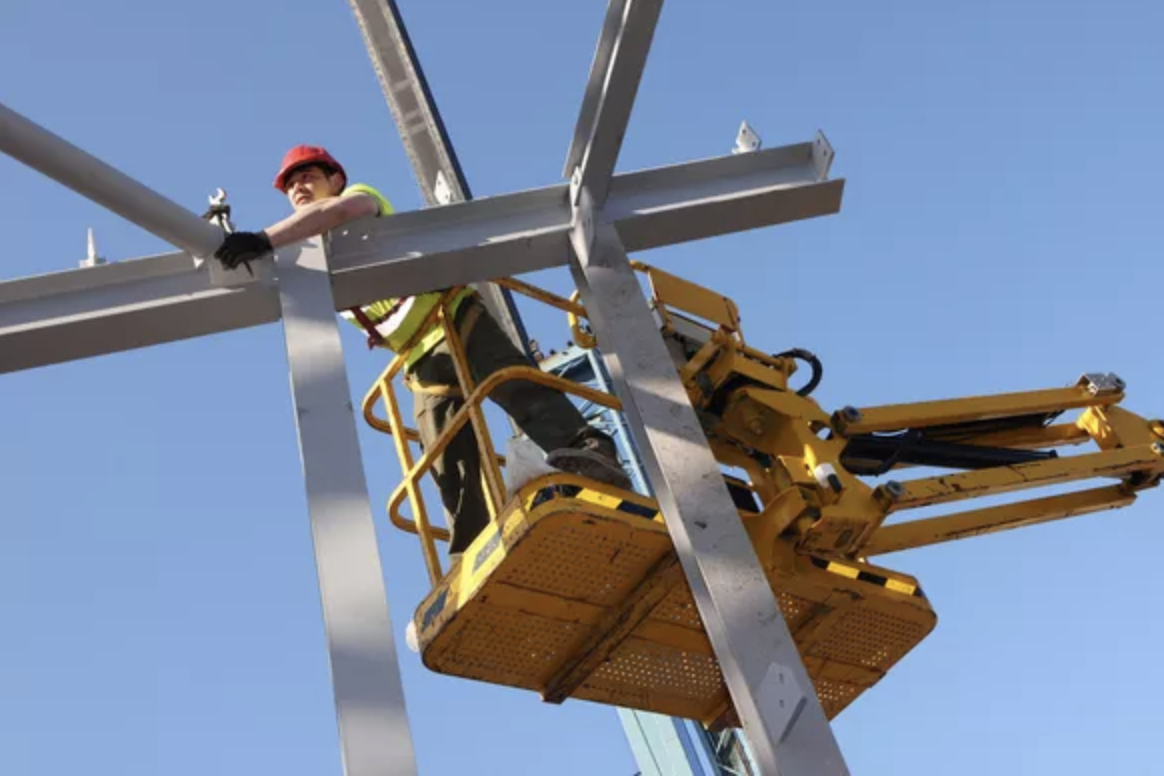For employers, navigating COVID-19 requires constant pivoting and flexible response. Since the COVID-19 pandemic began last March, the Equal Employment Opportunity Commission (EEOC) has been providing updates on how Equal Employment Opportunity (EEO) laws, including the Americans with Disabilities Act (ADA), the Civil Rights Act, and the Genetic Information Nondiscrimination Act (GINA) apply to employers’ COVID-19 responses.
From handling COVID-positive employees to return-to-work screening and workplace accommodations, the EEOC provides guidelines for business owners and HR professionals concerned with the delicate balance between EEO compliance and pandemic-appropriate workplace safety policies.
Last updated in December 2020, the EEOC guidelines are a valuable resource. We’ve summed up the current guidelines for easy reference, but you can read them in full here. Additional vaccine-specific information can be found here, as well.
Sick Employees
According to the EEOC, the ADA requires that “any disability-related inquiries or medical exams must be job-related and consistent with business necessity.”
When employees call out sick, it’s within an employer’s rights to ask if they have COVID-19 symptoms, “such as fever, chills, cough, shortness of break, or sore throat,” (EEOC). Also note that employers can’t ask specifically whether their family members are showing symptoms—instead, they should ask whether or not the employee has contact with anyone displaying symptoms or diagnosed with the virus.
If employees exhibit or report COVID-related symptoms, the ADA allows employers to require they stay home, and to require a doctor’s note certifying fitness for duty upon returning.
Return-to-Work
Under the ADA, businesses resuming in-person work are allowed to screen employees for COVID as they enter the workplace. This includes:
- Asking if workers are exhibiting associated symptoms
- Taking body temperatures
- Requiring periodic testing
- Excluding employees with COVID-19 or associated symptoms from the workplace
Employers are not, however, allowed to require their employees take antibody tests. According to the Center of Disease Control’s Interim Guidelines, antibody test results “should not be used to make decisions about returning persons to the workplace.”
When it comes to return-to-work policies, refer to the CDC—by following CDC or other public health authorities’ guidelines to establishing sound COVID-19 screening and safety procedures, you can remain consistent with ADA regulations.
COVID-19 and Confidentiality
The ADA requires employers to keep employee medical information confidential, including “…not only a diagnosis or treatments, but also the fact that an individual has requested or is receiving a reasonable accommodation,” (EEOC).
Employers can store all medical information related to COVID-19 in employee medical files, as long as they remain confidential. This includes daily employee temperature check logs.
If an employee is diagnosed with COVID-19, employers can employ contact tracing to determine whether or not other staff are at risk, and are legally allowed to report the employee’s name to a public health agency.
Employers can’t, however, announce that employee’s name to staff, unauthorized personnel, or the public. That’s why, when announcing a COVID outbreak, it’s prudent to use a generic descriptor—something like “a person on the seventh floor,” or “someone in the claims department.” That way, your staff can prepare accordingly, without revealing the employee’s name.
Hiring, Onboarding, and Reasonable Accommodation
Applicants can be screened for COVID-19, as long as you screen all new employees performing the same type of work. Employers can delay start dates for new hires who have COVID-19, and if the job has an immediate start date, an employer is able to withdraw a job offer for a COVID-19 positive worker.
Employees at higher risk from COVID-19 might require additional protection at an in-person workplace. According to the EEOC, if your company operates in-person, changes such as “…designating one-way aisles” or “using plexiglass, tables, or other barriers to ensure minimum distances between customers and coworkers whenever feasible per CDC guidance or other accommodations” can suffice.
Return-to-Work and Vaccinations
Employers can require proof of vaccination from their employees—with some exceptions.
EEOC cited Title II of the GINA to explicitly warn employers not to involve genetic information in the process. An easy solution, according to HR Dive, is for the employer to warn workers not to provide genetic information as proof.
As the pandemic continues to unfold, employers must continue to adapt. If 2020 taught us anything, it’s that resiliency, flexibility, and preparedness are essential to thriving during this time—especially for crane and rigging, concrete pumping, specialized transportation, and other heavy construction-related companies.
For more help and information on maintaining an EEO-compliant COVID-19 response at your workplace, contact a member of the NBIS Risk Management team today by calling 877.860.RMSS or visiting www.nbis.com.

